FOOD, SEX, AND SALMONELLA
DR. DAVID WALTNER-TOEWS
FOOD, SEX,
 AND
AND
SALMONELLA
WHY OUR FOOD IS
MAKING US SICK
GREYSTONE BOOKS
D OUGLAS & M C I NTYRE P UBLISHING G ROUP
Vancouver/Toronto/Berkeley
Copyright 2008 by David Waltner-Toews
First Greystone Books edition 2008
08 09 10 11 12 5 4 3 2 1
The quote from Funtowicz and Ravetz on page 228 is from the website www.nusap.net and appears by permission. All rights reserved. No part of this book may be reproduced, stored in a retrieval system, or transmitted, in any form or by any means, without the prior written consent of the publisher or a license from The Canadian Copyright Licensing Agency (Access Copyright). For a copyright license, visit www.accesscopyright.ca or call toll free to 1-800-893-5777.
Greystone Books
A division of Douglas & McIntyre Ltd.
2323 Quebec Street, Suite 201
Vancouver, British Columbia
Canada V5T 4S7
www.greystonebooks.com
Library and Archives Canada Cataloguing in Publication
Waltner-Toews, David, 1948
Food, sex and salmonella : why our food is making us sick / David Waltner-Toews.
ISBN 978-1-55365-271-7
I. Foodborne diseases. 2. Foodborne diseasesPrevention. I. Title.
RA601.5.W34 2008 615.954 C2007-905228-2
Editing by Nancy Flight
Copy editing by Viola Funk
Cover design by Peter Cocking
Text design by Jessica Sullivan
Printed and bound in Canada by Friesens
Printed on acid-free paper that is forest friendly (100% post-consumer recycled paper) and has been processed chlorine free.
Distributed in the U.S. by Publishers Group West
We gratefully acknowledge the financial support of the Canada Council for the Arts, the British Columbia Arts Council, the Province of British Columbia through the Book Publishing Tax Credit, and the Government of Canada through the Book Publishing Industry Development Program (BPIDP) for our publishing activities.
This book is dedicated to
my partners in foodborne disease crime over
the past couple of decades, especially
Scott McEwen, Linda Harris, Andria Jones,
Dominique Charron, and Sandy Lefebvre.
Nothing is so much to be shunned as sex relations.
All diseases of Christians are to be ascribed to demons.
Give me chastity and continence, but not yet.
ST. AUGUSTINE (from various writings)
CONTENTS
12 BREADWICHES, PEANUT LIVERS,
AND CANCER-FREE AIRLINE SNACKS
PREFACE
TO THE
SECOND
EDITION
THIS BOOK IS ABOUT LOVE,
EATING, AND GETTING SICK.
A T LEAST one reviewer of this books first edition complained that she couldnt find the sex and felt misled. She had, I think, quite a narrow view of love, of eating, and of sex. Others wondered if the title was Food, Sex, and Salmonella, or Food Sexand Salmonella, the latter apparently having somewhat risqu overtones. The first chapter explains all that, so I wont spend valuable words expounding my theories here. Still, I did return to the literature and discovered that some foodborne diseases can be sexually transmitted. You will need to do a bit of workto read the bookto find them. I hope that you will find this work pleasurable. Easy food, like easy sex, leads us down a path to waste and destruction of ourselves and the planet we live on. I have tried to make this book inviting but not too easy.
There are many hazards in the kitchen, including the hot, spraying fat, the risk of being burned to death as an unwanted wife in some parts of India, and, in the last few years in North America, a new phenomenon. A letter in the 1991 issue of the New England Journal of Medicine told the story of a healthy teenager who heated seven intact eggs in the microwave. As he removed them from the microwave and sat down at the table, six of the eggs exploded simultaneously, spraying him across the face; he suffered second-degree burns across his eyes, nose, and forehead. This book is not about that kind of hazard. Its about infection and disease.
The danger of writing a book like this is that I will overwhelm you with facts about bacteria, viruses, and parasites and endless lists of foodborne disease outbreaks and cases. The facts are all very well and good, but unless someone makes sense of them, they are not of much use. The way scientists make sense of facts is by telling convincing stories. All the models and statistics and experimentally derived facts are ways of corroborating stories (or not). And the stories are never just about what scientists think.
Because foodborne diseases are of great, global, public health importance, everybody should be able to engage in lively, knowledgeable conversation about them so that we can have better-run restaurants, farms, kitchens, farmers markets, greengrocers, and butcher shops. We should all be telling stories about foodborne diseases, making jokes about them, and creating excellent public policies and programs to contain them or to live with them. Every story tells something about the storyteller. I was recently mocked by a business reporter for suggesting that ecomonies of scale, such as those espoused by Wal-Mart, were in some way responsible for pandemics of salmonellosis and avian flu. To me, his mocking suggested a profound ignorance of both biology and global trade. He might agree with storytellers who suggest that the problems of foodborne diseases can be easily solved if people was their hands and cook their food and that the increasing flows and changing patterns of bacteria and viruses around the globe are irrelevant (or uncontrollable).
As will become clear as you read this book, I believe that personal behavior is important but that this behavior is embedded in changing social, economic, and ecological patterns around the world. Hand washing and global warming and economies of scale are all important contributors to the changing nature of pandemics. We need all the evidence we can dig up and all the stories we can tell to make sense of that evidence.
In the course on foodborne diseases that I have been teaching for twenty years, I have students prepare what I call a dissemination project. They pick a group of people they think needs to know something about a particular foodborne illness or group of illnesses. Then they create an appropriate way to communicate with that group. Some of them come up with the usual sermons or tracts and posters that are the hallmark of much (really bad) public health communication. But over the years, they have also given me videos (The Young and the Retching comes to mind), educational dinners at synagogues and churches, websites, booklets for students and hitchhikers, and songs for the radio, day-care center, or campfire.
This book, like those dissemination projects, is less about the diseases themselves than about who gets them and why, what messages they are sending to us from the natural world of which we are a part, and how we can take pressure off the disease care system and create a more convivial world through how we eat.
Some basic material about foodborne diseases hasnt changed much since 1992, when the first edition of this book was published. Our understanding about the way the human body gets sick, for instance, is pretty much the same now as it was twenty years ago, and several of the diseases, like botulism and salmonellosis, have been around so long that they almost seem normal. As Canadian singer Bruce Cockburn said, The trouble with normal is it always gets worse. Indeed, what we consider normal has changed; we no longer talk about eradicating salmonellosis, as some people used to, and botulism has re-established itself as a major disease in several countries of the former Soviet Union, giving people a deadly taste of what happens when we dont invest in public health infrastructure or aggressively regulate private industry.
Next page
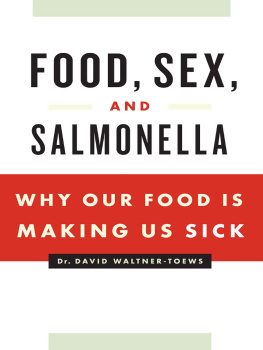
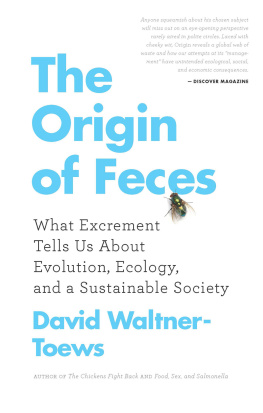

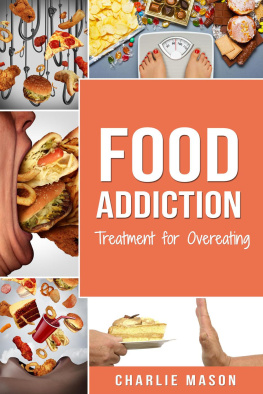
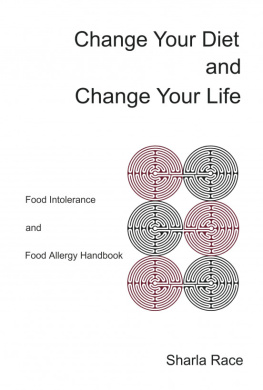
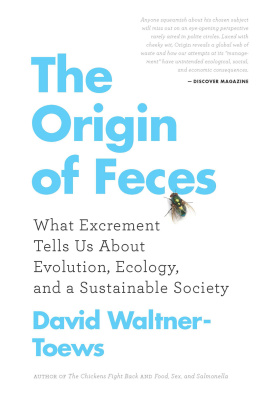

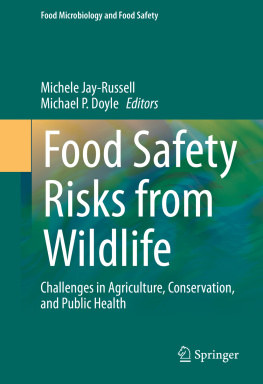

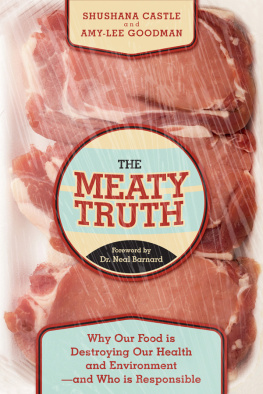
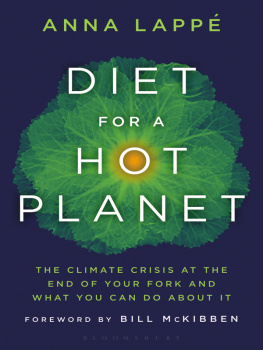
 AND
AND